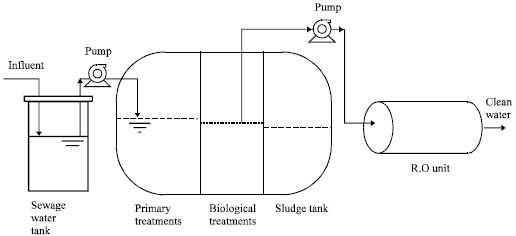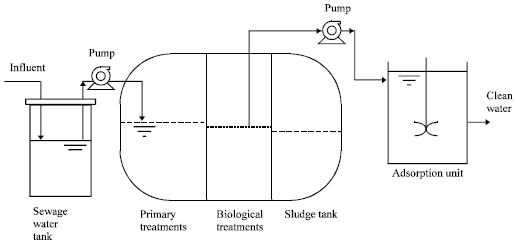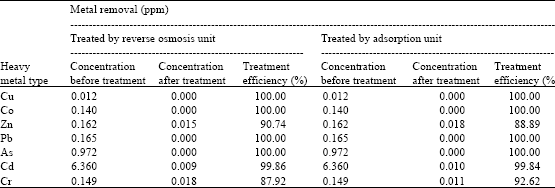Research Article
Comparative Study on the use of Reverse Osmosis and Adsorption Process for Heavy Metals Removal from Wastewater in Saudi Arabia
National Center for Water Research (NCWR), King Abdulaziz City for Science and Technology (KACST), P.O. Box 6086, Riyadh 11442, Saudi Arabia
Omar A. Alharbi
National Center for Water Research (NCWR), King Abdulaziz City for Science and Technology (KACST), P.O. Box 6086, Riyadh 11442, Saudi Arabia















